
Shifting Perspectives: Cathy Saldaña on Leading The Practice Toward Equitable Architecture
The core roles of architects involve designing and planning the buildings and spaces that surround us. Beyond these, however, architects also have bigger roles in shaping society. Their designs can affect how we live as individuals or as a community. It is crucial for architects to understand the needs of every user to create built environments that can improve the quality of life.
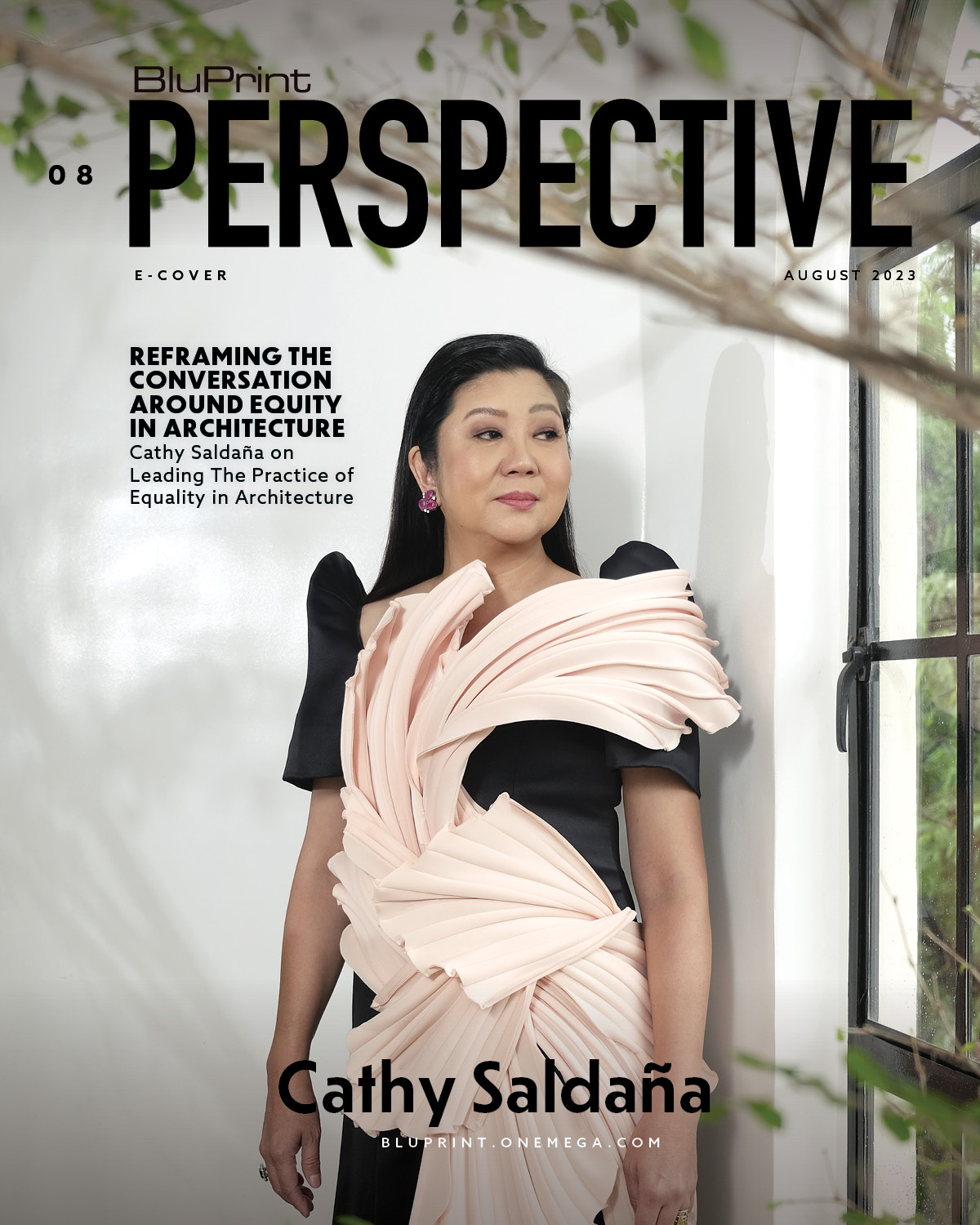
Architect Cathy Saldaña, President, CEO, and Founder of PDP Architects and Project Design Plus Architecture Management Corporation, believes that it is her calling to be an architect. Since she was a student, she has always been inclined in creative activities, from sketching to decorating their family home. “There was just a lot of boundless creativity that it all seemed architecture was the next formal poetry I would pursue,” Saldaña shares as BluPrint interviews her in one of her projects–the Puey Quiñones Atelier.
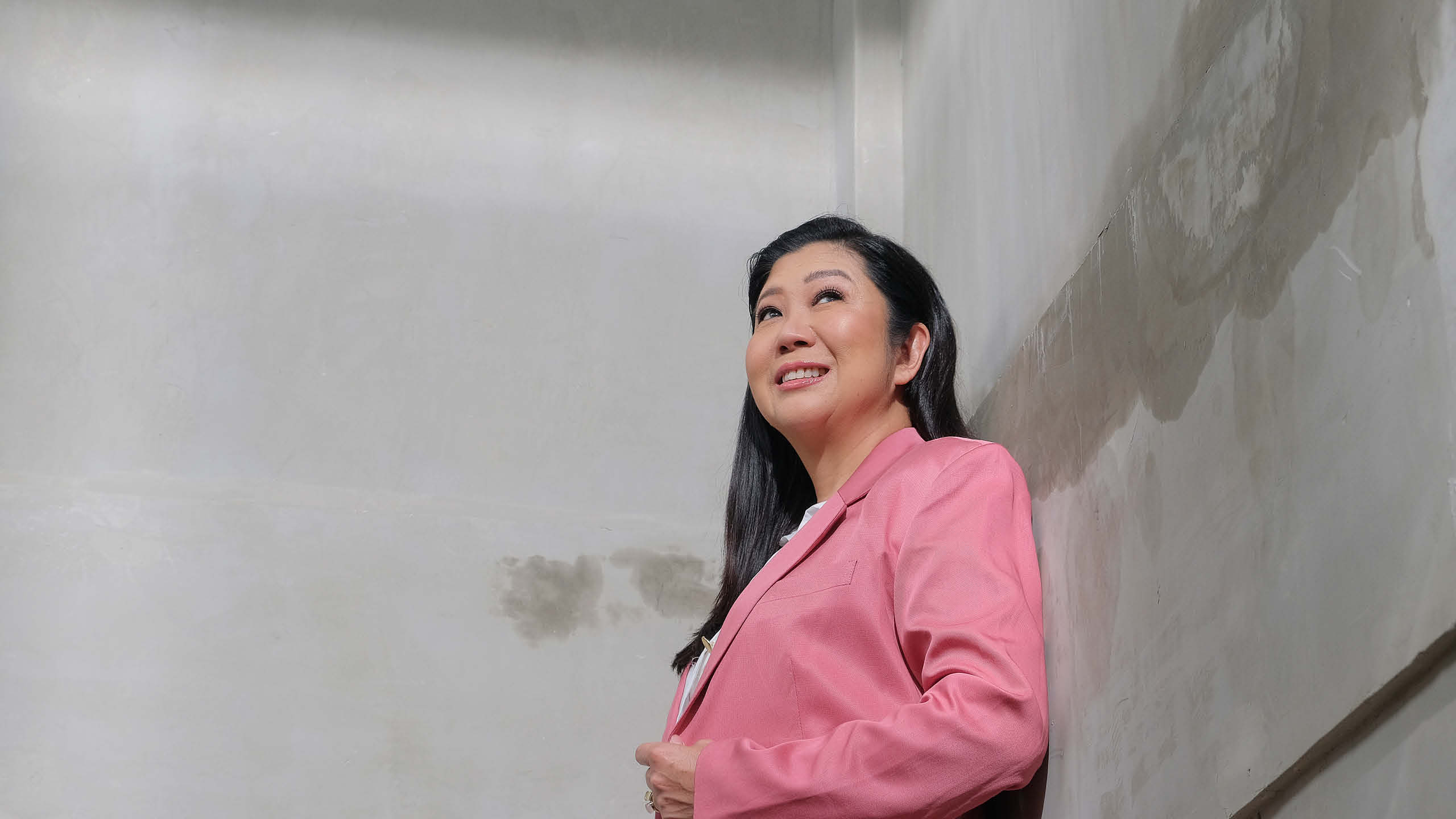
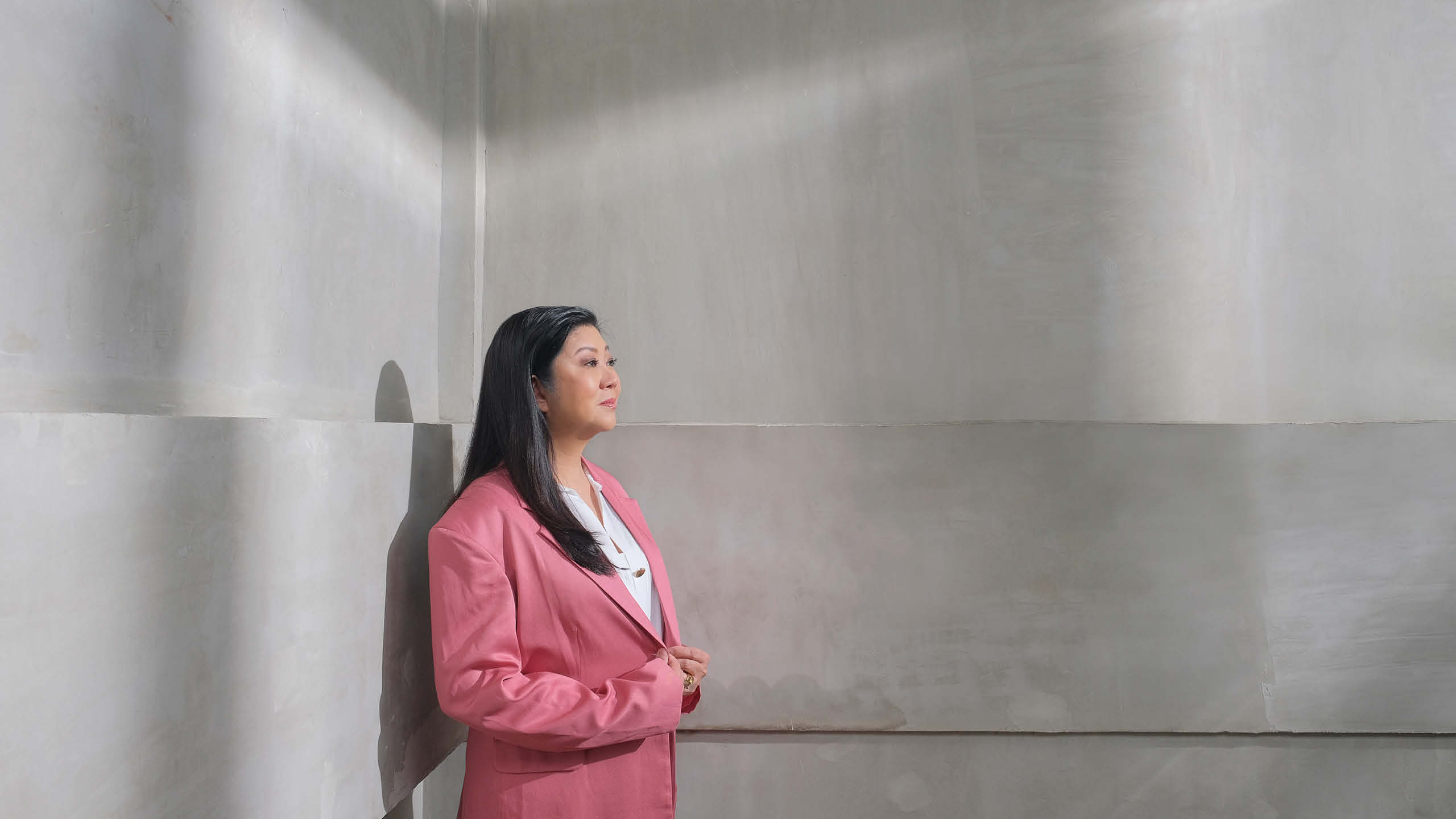
Since she started her firm, Saldaña has become one of the most well-recognized architects in the Philippines and abroad. Her firm’s portfolio ranges from residential and high-rise projects to master planning. Each project aims to provide well-designed spaces that elevate the way of living of everyone in the community.
Inclusivity is a vital factor for Saldaña when designing spaces and structures. Equitable architecture is a concept where built environments cater to every type of user while still recognizing their differences. Her commitment to inclusivity also goes beyond the spaces she designs. She also makes sure to create an inclusive working environment.
Empowering Women in Built Environment
Establishing a name as a woman in an industry traditionally ruled by a patriarch system can pose extra challenges. Although in recent years more women are challenging the norm and rising to balance the scale, the journey is not always smooth sailing.
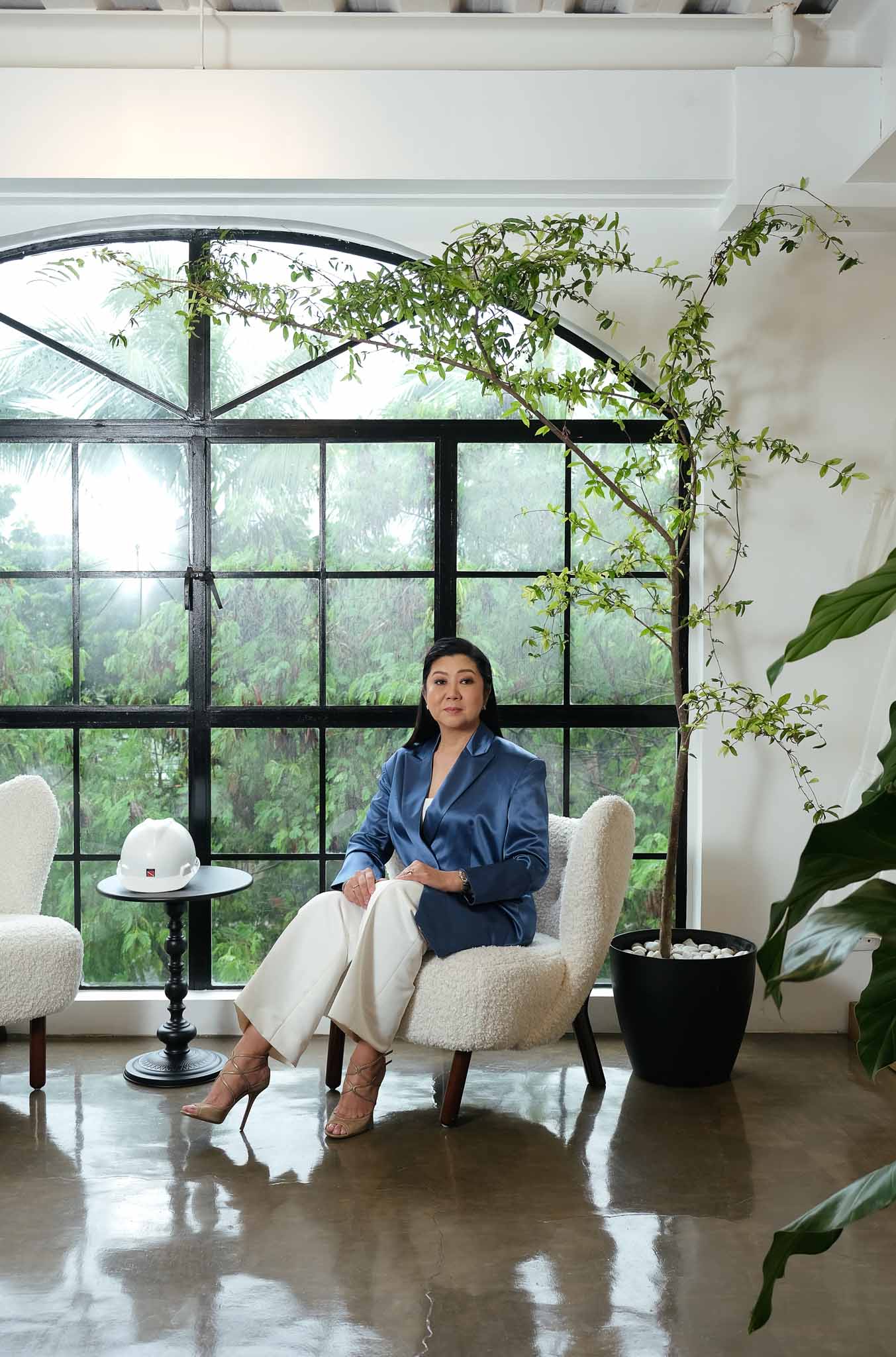
“I paved my way through a lot of hard work and a lot of proving as well as learning. Before you get better, you have to learn. You have to see through lessons. You have to make mistakes. And sadly, you need to face them and be brave afterwards. The lessons learned are the most important parts of your track record of work experience,” Saldaña narrates.
The architect acknowledges that being female in the practice is a challenge. She emphasizes that doors are opening up right now and having worked through a couple of decades in this profession. She’s taking the lead and encouraging more women to break barriers and overcome gender stereotypes, particularly in areas that remain untapped by many women architects and designers.
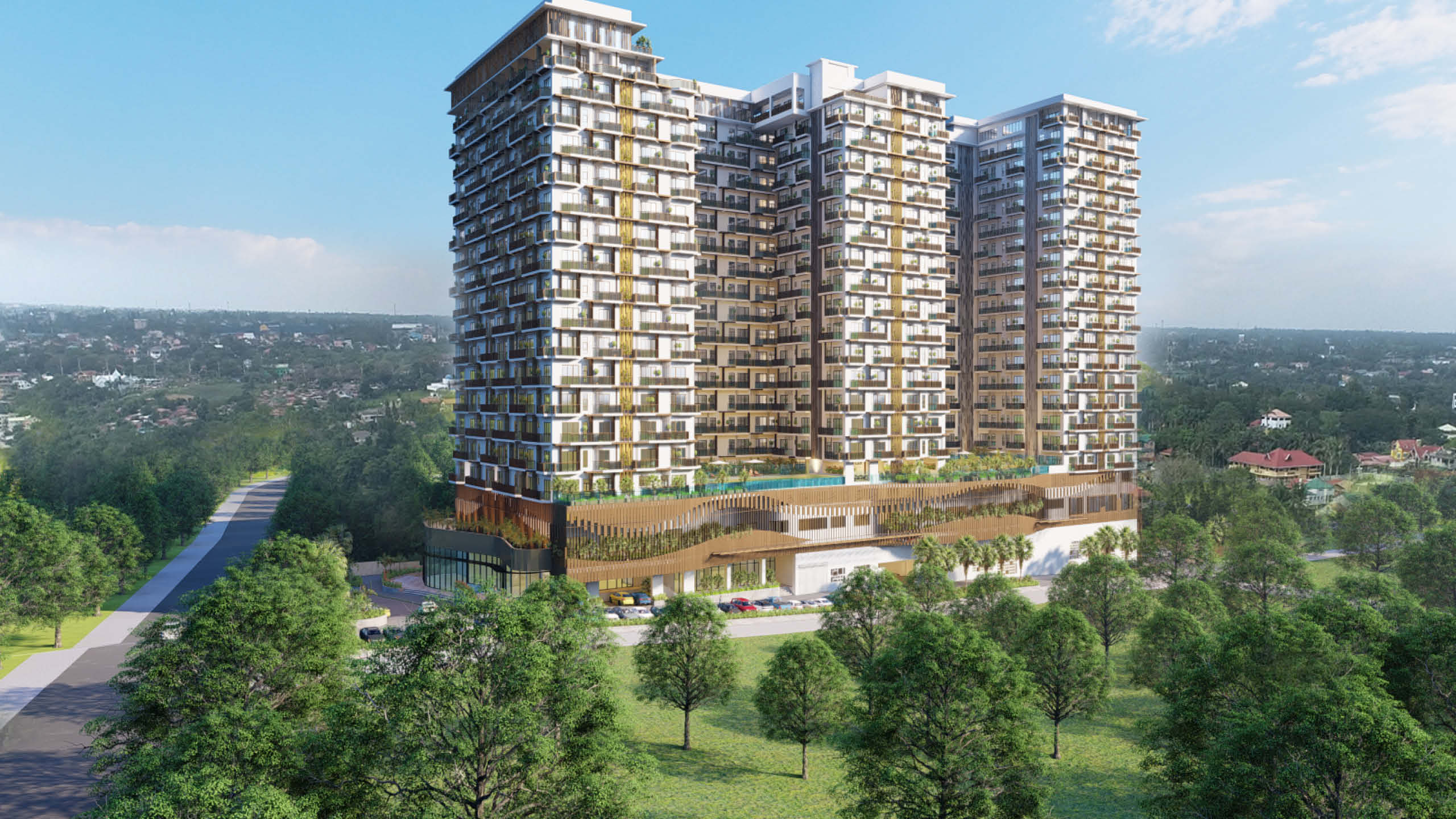
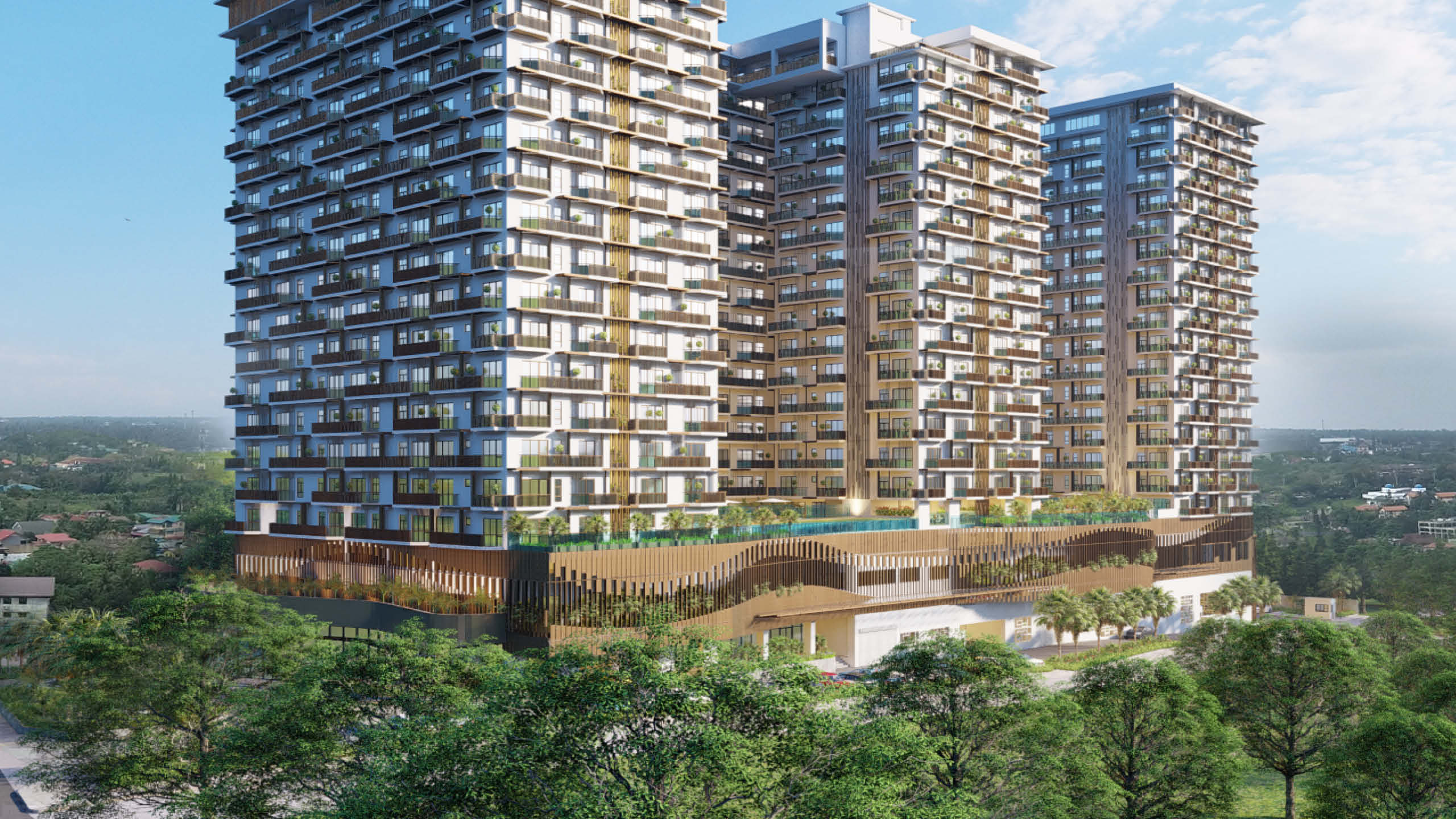
“You need to widen the doors for women or yourself for others to get in. It’s very easy to see women in leadership positions in interiors, or in residential design. But public infrastructures, public buildings, large high-rises, and townships, we need more women in these fields,” shares Saldaña.
Cathy Saldaña: A Leader and A Mentor
In her years of experience, Saldaña has taken multiple roles not only as a designer. She is also a leader, not only of her firm, but also of various organizations that push equity in architecture. She is the Country Representative for the American Institute of Architects (AIA) and currently the President of East Asian Regional Organization for Planning and Human Settlements (EAROPH), a group of planners and architects involved in human settlements and public housing. They work with the UN Habitat on their Sustainable Development Goals (SDGs).
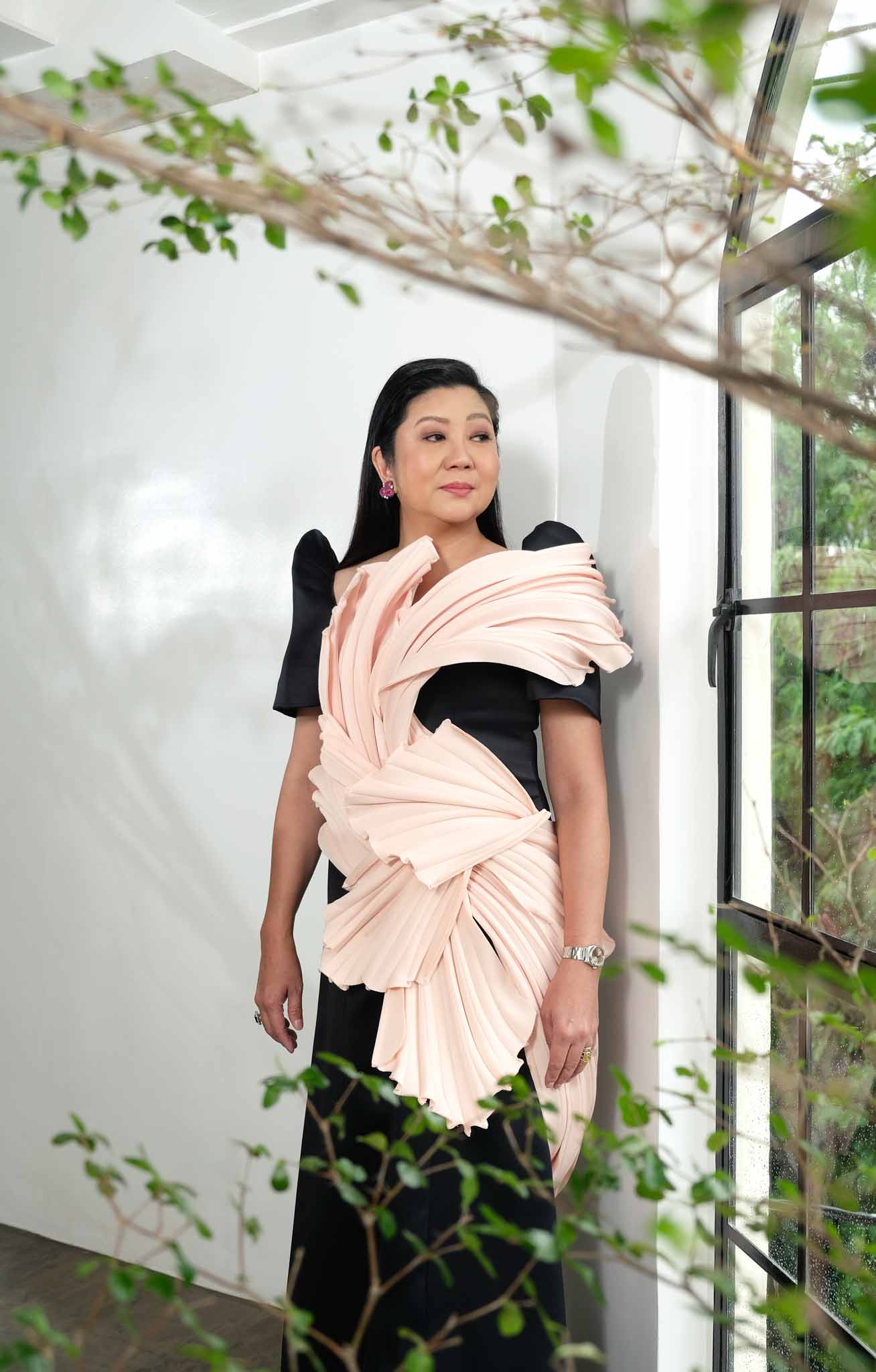
Saldaña also sits on the Board of Trustees of the Urban Planning Institute (UPI). This exposes not just her but her entire team to excellent professionals, consultants, development for grants, lectures, and information campaigns all around the world that help them with their practice of architecture and master planning.
What motivates her to be active in different organizations is her passion to lead and mentor people. It is important to her to find the best in people and learn to spot, identify, and cultivate new leaders. As a leader and a mentor, she ensures everyone receives the same opportunities regardless of gender.
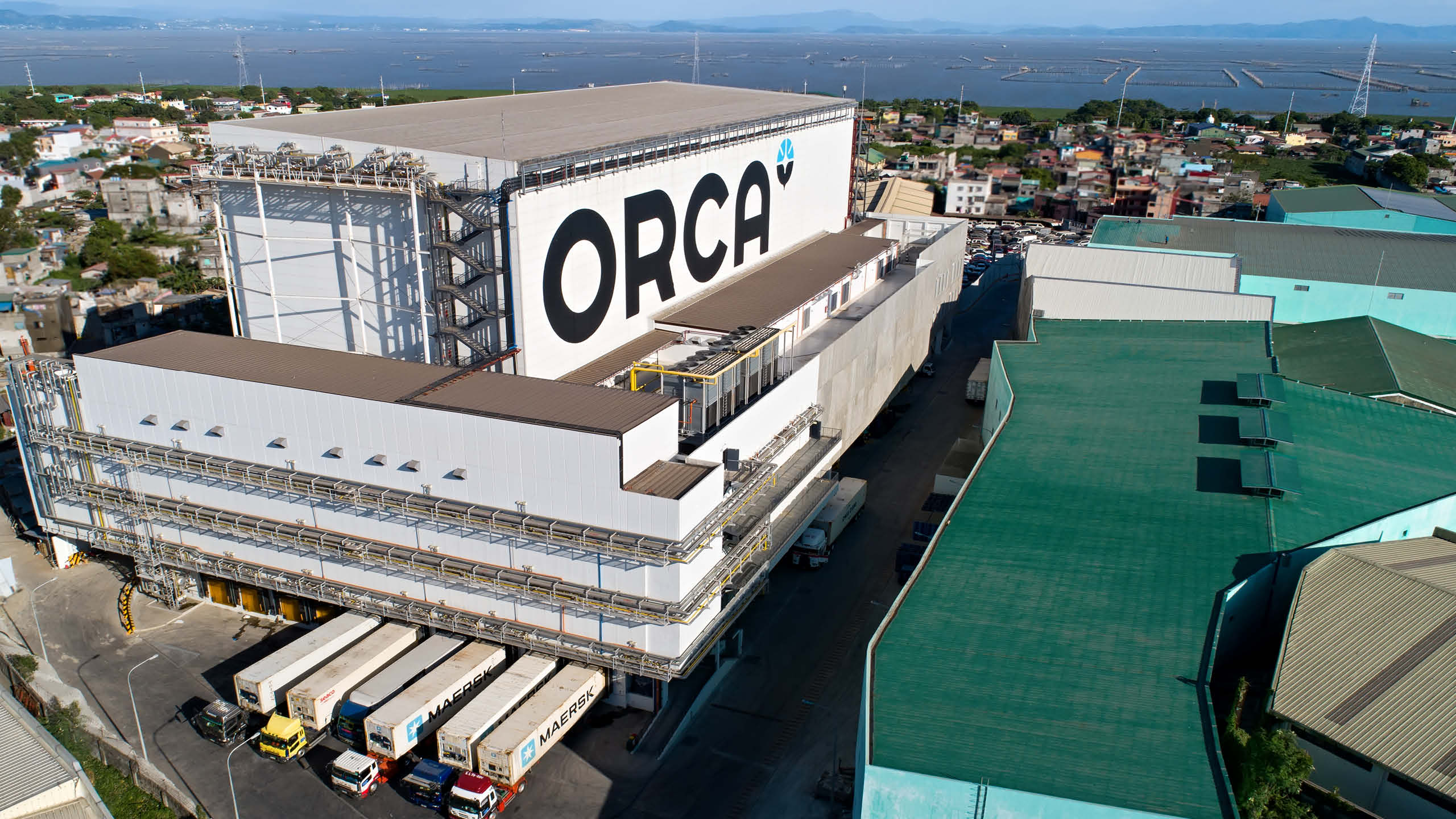
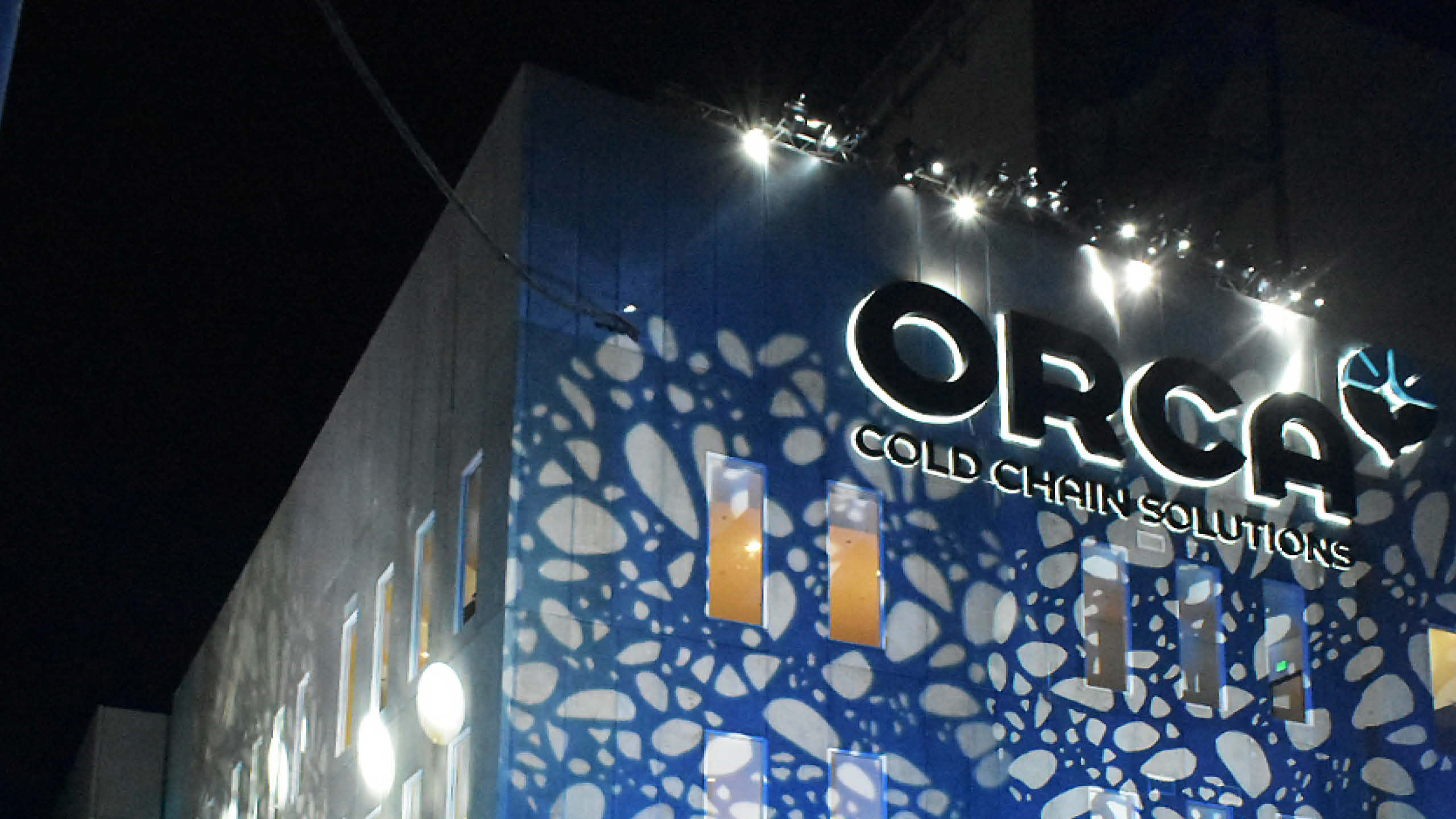
“I look at leadership and the capability of mentoring as a big responsibility. Not just because I’m a woman and I need to lift everyone up, both the male and the female architects, and be inclusive as well with all gender types.” She adds: “You see, we are so used to the technical side. And yet we need to further hone our communication skills and our coordination methods. That way, whether we’re using digital or technology to be able to produce good work and great collaboration, we must also harness our strong interpersonal skills, and use all of that to create not just better architects and technical professionals, but also good mentors and great leaders.”

Moreover, Saldaña is an active speaker who educates other architects and stakeholders to address various issues in the industry. To her, there is a need for women architects to specialize and there is so much room now to do so.
“Women are now breaking barriers. The glass ceilings have been broken.”
Saldaña is one of the trailblazers that helped open doors for more female architects. She aims to continue this path alongside with other industry stakeholders. The architect believes that unlike other countries, we are fortunate that in the Philippines, women have a place in society as CEOs, as presidents, as respected leaders, and captains of the industry.
“We should harness it and can take it to the next level,” Saldaña says. “This is the place where the man opens the door. We will just have to keep widening it.”
Designing for Sustainability
The three main aspects that drive Saldaña’s firm are People, Design, and Places. As the firm evolved over the years, however, these drivers expanded. Saldaña is a huge advocate of sustainable architecture. From residential to high-rise buildings, the firm carefully designs each project with user experience and environmental impact in mind.
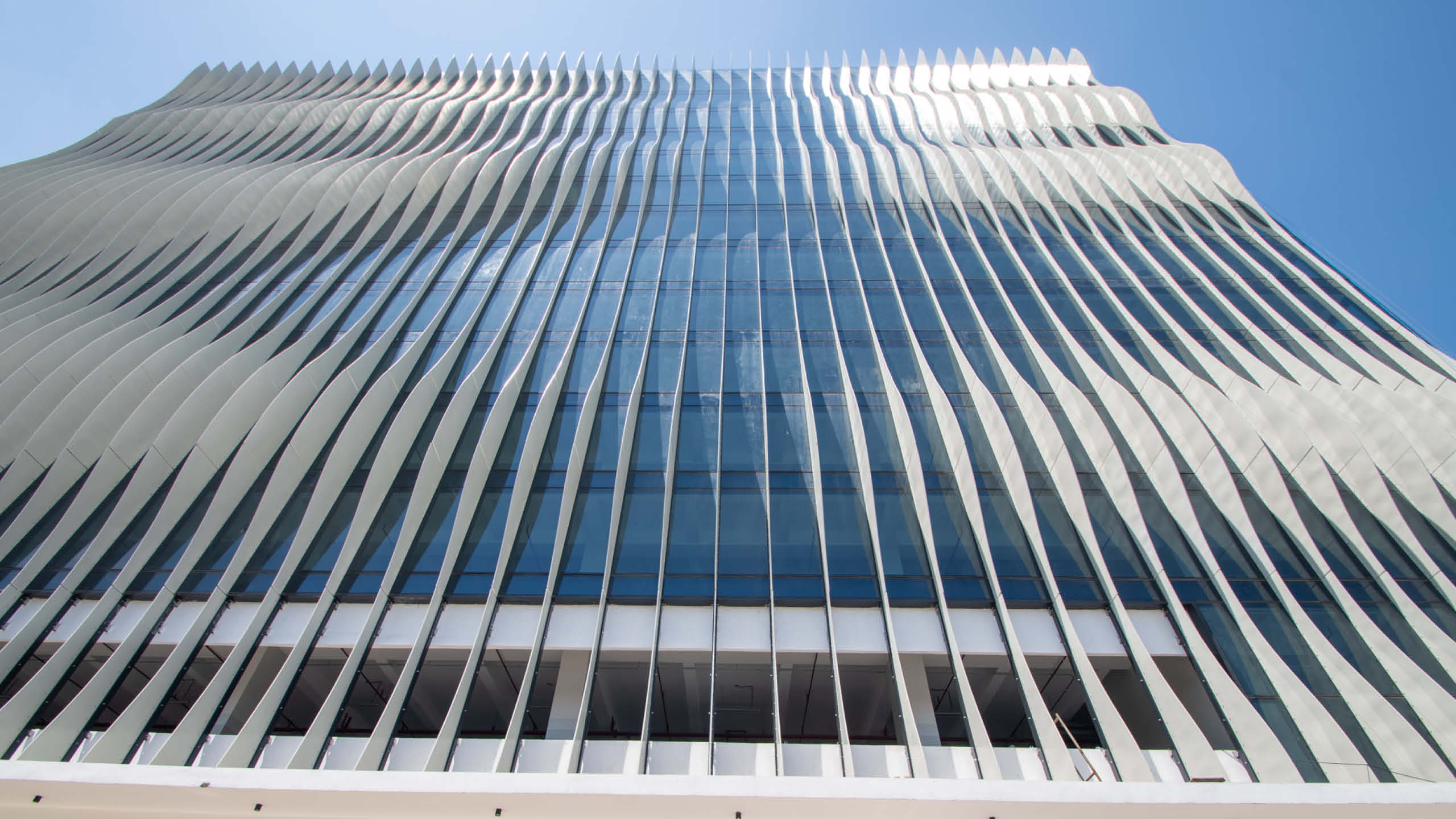

“As a licensed building professional, I want to encourage my team members to be accredited and licensed for various accreditation programs. With this, you not only have the theories in place, from what you’ve read and learned, but we also understand the value of the benchmarks and the global standards,” Saldaña explains. “It is everything from thermal comfort to ecology to land use and management, to waste management to the conservation of power and water and to be able to step forward and focus on materiality and understand that indeed, low emissivity glass really, truly works.”
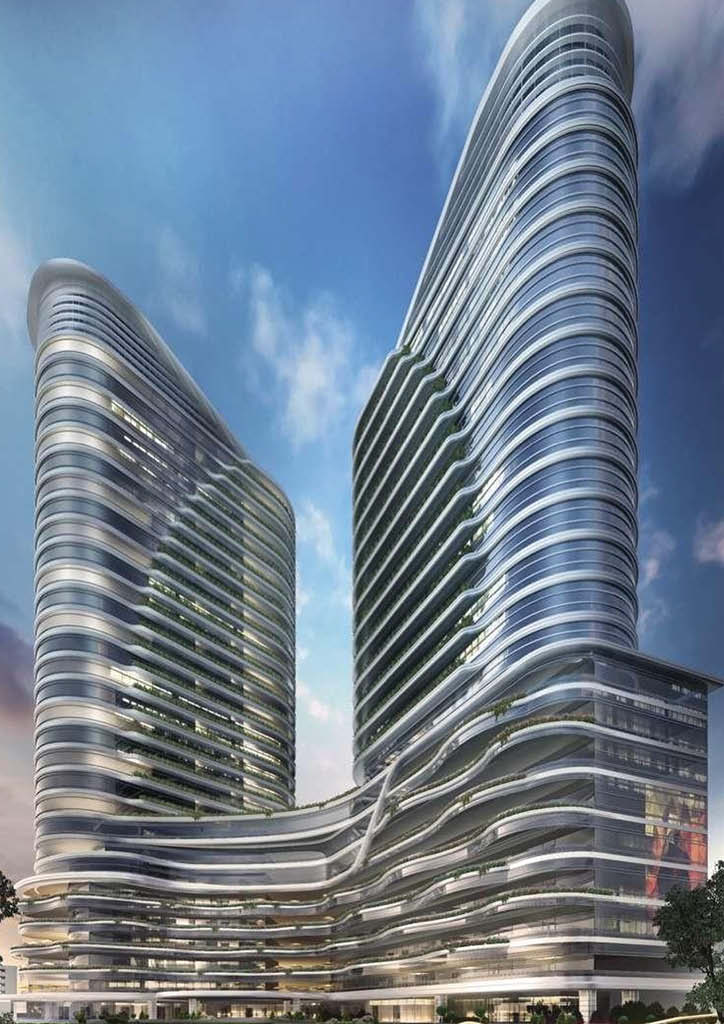
She also emphasizes that all their projects will have rainwater catchment. For high-rises, everything is low-emission glass. The architect is also meticulous when choosing building materials, facades, fields, and claddings. She ensures to procure materials manufactured responsibly and in environmentally managed facilities. To her, this is crucial as she is carried through not just as a designer but also because she has the right partners who know what to do and share the same commitment to the planet.
To Saldaña, sustainability should be a standard in the practice. Not all clients, however, easily get on board to making the design of their buildings sustainable, especially with the misconceptions surrounding sustainable architecture. With communication and information campaigns, she elaborates that architects should be able to compute and show to clients the variables and the benefits of working sustainably, selecting the right materials, how they will save their energy bills in the future, and how easy it is to maintain these technologies.
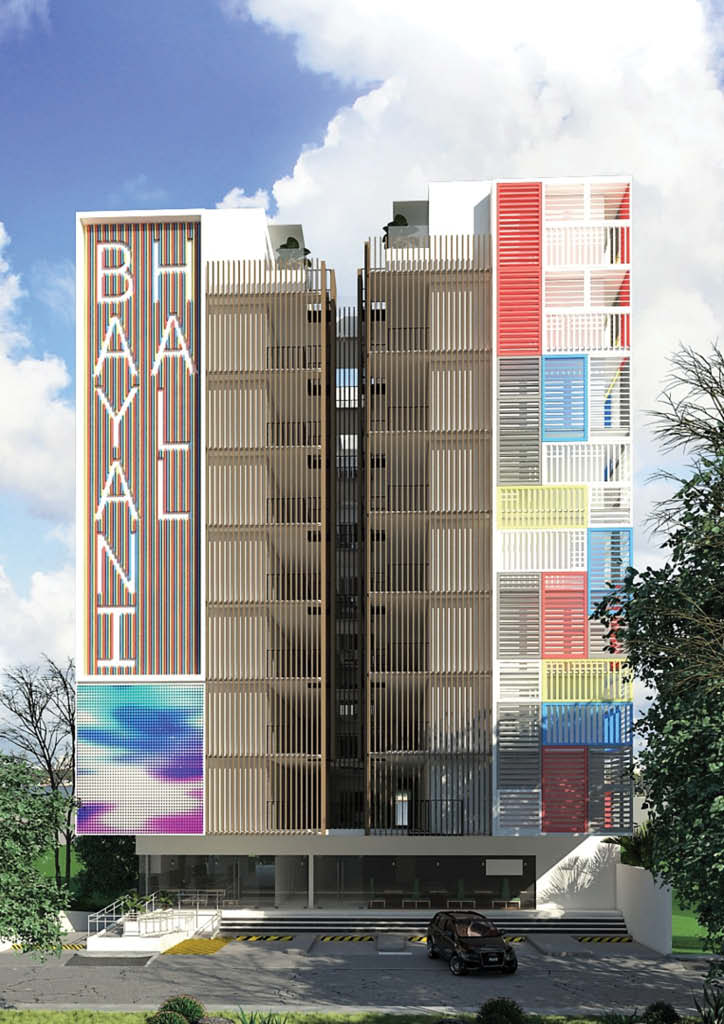
In line with this, technology also plays an important role in achieving a more sustainable built environment. Saldaña shares that professionals should not be afraid of technology like artificial intelligence (AI). She believes it can help enhance their work.
In contrast, Saldaña points out that professionals should focus on the delivery, the process, the interpersonal relationships, and the human organization that will allow technology to function properly.

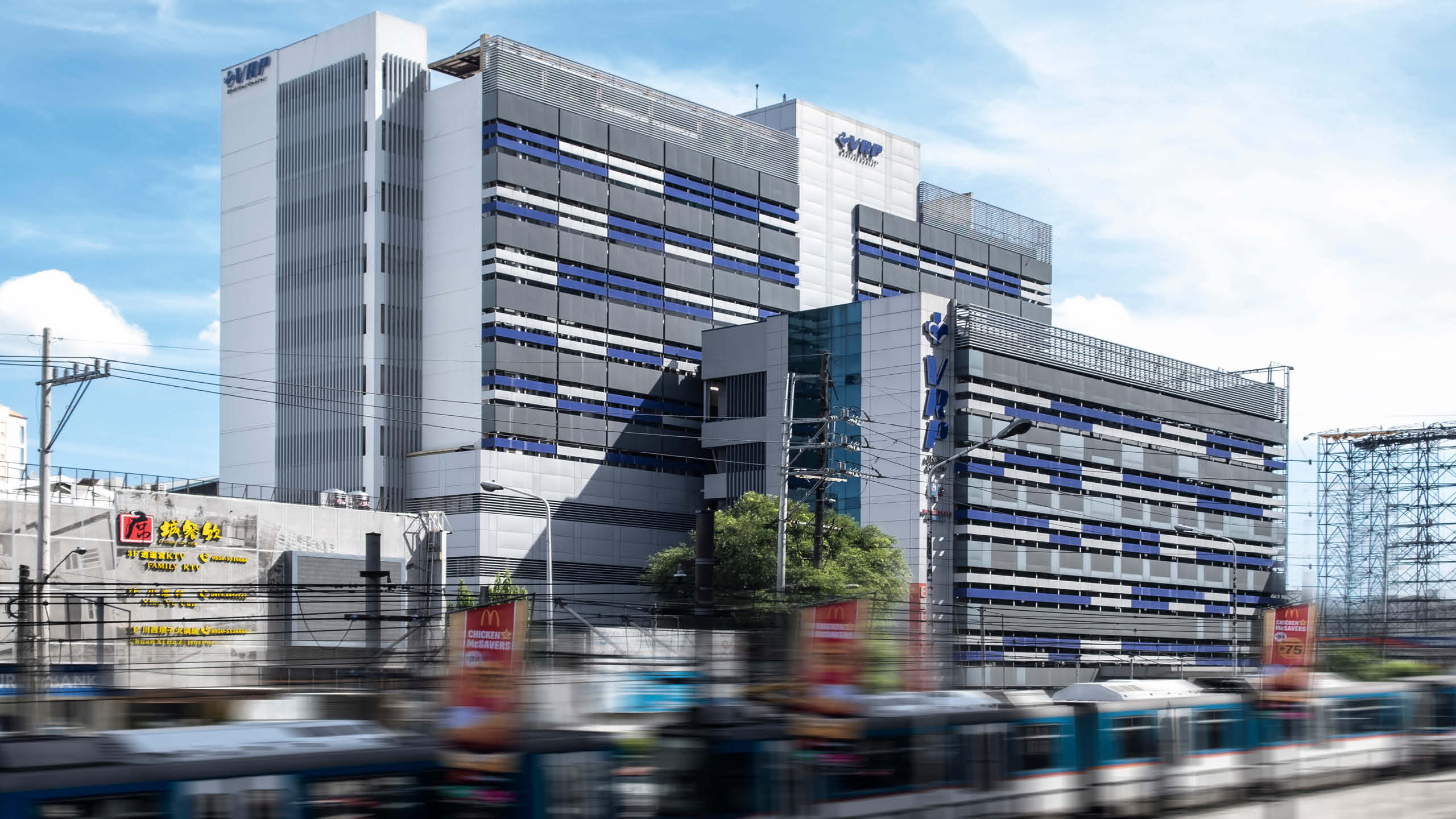


Collaboration between different professionals is crucial in creating a holistic and sustainable design. “The training of an architect is one of the most well-rounded. I believe that our architectural education is among the most holistic when it comes to the technical fields. Therefore, the architect should take the position of leadership and be strong in it. They should have a firmer voice so that everyone else will follow,” she says.
Saldaña explains that without proper communication and coordination between the architects and other stakeholders, it can lead to project failure. She also believes that cadence is essential in the practice. “Cadence is about skill, method, and timing,” she explains. Architects should know how to find the right solution and deliver it at the right time.
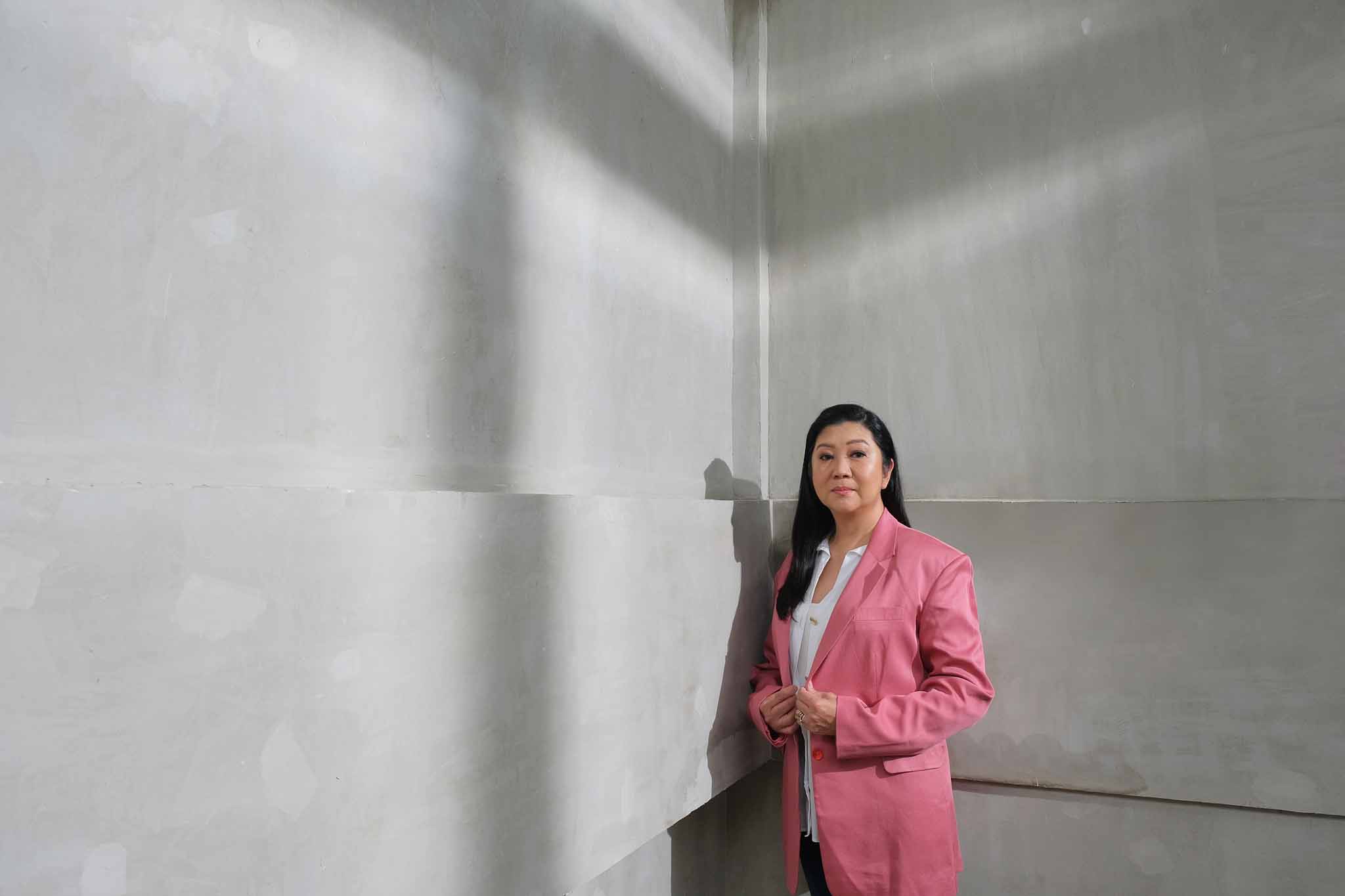
Architecture is for everyone. For architects like Saldaña, user experience should be a priority when designing built environments regardless of the size of the project. This is alongside considering the structure’s impact to the environment from the construction through its lifetime.
As a female architect, Saldaña has overcome many challenges before she got where she is now. She doesn’t gatekeep the opportunities she has but helps widen and open new doors so more women can rise.
Saldaña reminds younger architects and designers: “There is no substitute for hardwork. Beyond talent, what is absolutely necessary now is grit. And beyond passion, it is also necessary to research not only technology but also collaboration.”
PROJECT CREDITS
Words RICK FORMALEJO
Photography ED SIMON
Videography JOSE RAMIREZ
Multimedia Artist PATRICIA OLIVEROS
Video Editor GRANT BABIA
Hair & Makeup: CATS DEL ROSARIO
Stylist: SIYA DARYANI
Sittings Editor GEEWEL FOSTER
Shoot Coordination MAE TALAID
Shot on location PUEY QUIÑONES ATELIER
Project Photos Courtesy of PDP Architects


